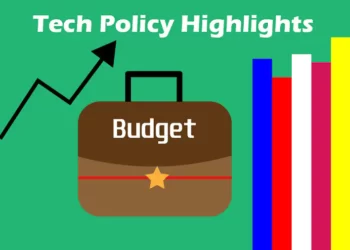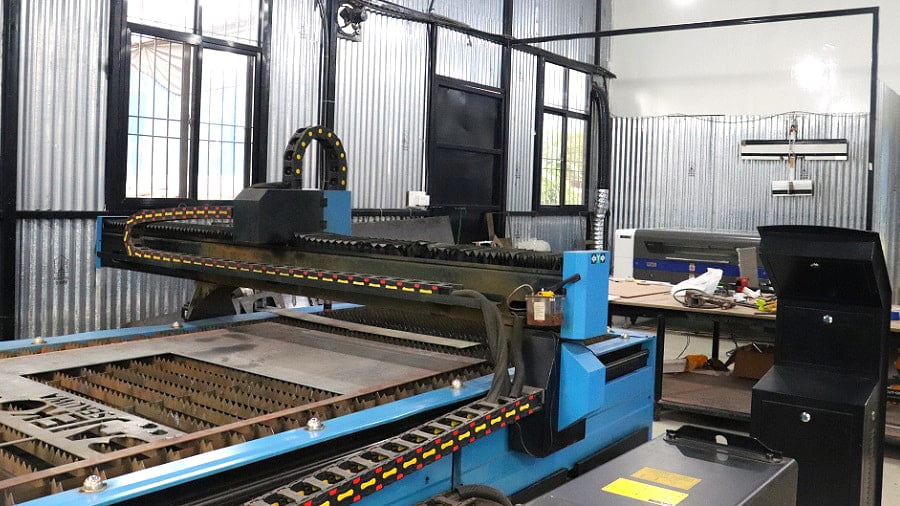Regular people buy electricity from NEA, but you can also sell if you want. We all purchase power coming from the national grid. But if you have excess electrical energy at your disposal, you can now sell it to NEA. Nepal’s national authority is now buying electricity from small produces. There are some guidelines for adding energy into the National Grid. People, organizations, and companies can now sell their products from solar plants to the Nepal Electricity Authority. This is also applicable to wind turbines and bio plants. In this article, we are talking about details on how to sell electricity to NEA.
We people mainly consume energy that comes to our home through the national grid. Hydropower plants produce electricity and send it through the national power grid. The grid comes to cities, and they are distributed through the local system. Many entities produce electricity by their own means. For example, solar panels, wind turbines, and bio plants. Most of the producers use it for themselves, and the excess goes to waste. Now they can sell their excess energy to the Nepal Electricity Authority. Big producers can also join this program and contribute to our national backbone.
In Nepal, hydropower is the primary source of electricity. Therefore other sources are categorized as alternative sources. It is always better to have multiple sources and alternatives. The Nepal government is focusing heavily on renewable resources and mainly solar. As the solar panels and technology are getting cheap, normal people and organizations are adopting it. Solar has a high potential of becoming a top alternative for energy in Nepal and many other countries. As NEA is also now allowing people to sell electricity, it can push more people to use alternative sources.
Details on How to Sell Electricity to NEA
In order to sell electricity, you should be a producer. There are three categories of this. They are Domestic, Organizational, and Commercial producers. This categorization is according to the amount of energy produced by the plant. There are different rules and regulations for each type of producer. Before selling and doing business, everyone must take permission from the Ministry of Energy. All parties should follow guidelines for the Development of Alternative Electricity.
The domestic level producers are the ones making 500W to 10,000W. Organizational producers are the ones who produce 10KW to 500KW. Finally, one who makes above 500KW above are commercial. Everyone who wants to be connected to the national grid and sell should apply to NEA. They will buy the electricity at a set rate and guidelines. For anyone who is planning to install a plant above 1 MW will have to get a license from Ministry. In this entire thing, there is the involvement of NEA, MoE, Department of Electricity Development (DoED), and Rastriya Prasaran Grid Co Ltd (RPGCL). Licensing and permission are given by DoED, which is valid for 25 years.
The basic or starting rate is Rs 7.30/unit for the first three years. The price will increase by 3% annually for 8 years after that. The electricity business is one of the thriving industry. According to experts, the investment is very high, but income is excellent in the future. Energy is a necessity whose demand always rises. This is a very good program from the government that encourages investors to invest in energy production. Solar Energy is the future, and Nepal is embracing it well. Hydropower is always Nepal’s first priority, and both will help the current and future electricity demand.
Development of Alternate Energy Sources in Nepal
The focus of the world is shifting to renewable energy from fossil fuel. It is very important for the sustainability and environmental aspect. The use of fossil fuel is driving carbon production up. Green House effect, global warming is rising. Countries like Nepal are already facing unpredictable and harsh weather. Nepal is mostly dependent on hydropower for its energy demands. But they are costly and need a lot of technical, civil, mechanical infrastructure. In order to meet the growing energy demand, we must shift to alternative sources.
Our best alternatives are solar, wind, and biomass. Many people and organizations are using solar panels in their homes and offices to meet the demand. However, the adoption rate is significantly less because panels and technology are quite expensive. But few companies are doing on a big scale. Wind turbines in windy and high altitudes places of Nepal like Mustang are also good alternatives to fill demand locally. Biomass fuel is also a good option in areas where we get a lot of waste biowastes such as food waste, crop waste, and animal waste.








